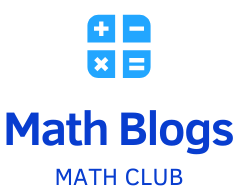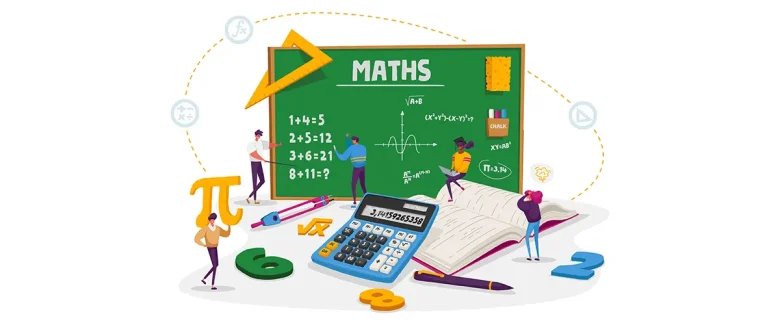Students’ learning process and experience can greatly benefit from the use of techniques from the current digital age. Teachers are able to assist with, accommodate, and provide materials in different languages in addition to helping with various learning modalities.
Tech tools vary in quality – having students perform timed fact tests and rote repetition exercises could potentially result in math anxiety which could inhibit learning altogether; hence, it is essential that that such technological tools are selected with great caution.
General
With the right digital tools, students who understand the basics can build upon what they already know in a more advanced and connective manner. Digital tools also solve the problems of visual, pseudo, and sound learners, allowing everyone to participate. In addition, many of those tools offer content in other languages enabling learners to use English in classroom setup while interacting with their peers.
Teachers note that digital tools such as an online graphing calculator or sites like Fraction Talks can dramatically improve the quality of classroom instruction, as well as assist the students in the comprehension of the symbols and concepts of mathematics. Some educators are concerned that these advanced tools might replace the need for self-directed learning, however, consultants tend to disagree – for example a graphing calculator assists in the visualization of highly complex mathematical concepts by enabling the user to draw shapes or plot points on the screen to show a screen image.
Some educators are capitalizing on augmented and virtual reality to bring mathematics into their classroom by using models, simulations, holograms and other forms of visualization to enhance the understanding of its abstract components. While using virtual manipulatives, experts warn against too much dependency on technology because the work that these tools perform for children can hinder their development of spatial reasoning, mathematical thinking, problem-solving skills, and creativity.
Adapted
Students with some degree of familiarity in a particular topic may find it useful to revise and practice this knowledge using special software. Such programs develop creativity because they offer multiple ways of achieving a defined goal.
Math review and practice software includes computer algebra systems, spreadsheet programs, theorems, graphing software, and even graphing computers. Some of them have additional features for data processing or simulation which improves the educational module.
Learning mathematics becomes more interesting when integrated with real life scenarios. Geogebra, for example, enables students to engage with virtual manipulatives and analyze the relationship between symbols and concepts in math, which cannot be identified through textbooks and worksheets.
Students can communicate with each other and with people outside the classroom through chat, video conferences, and social networking due to the availability of communication software. Teachers can use these programs to understand how students perceive and process mathematics so that they can adjust what they thought their learners had learned. This software can also introduce learners to specialists in particular disciplines who can assist them in understanding how their work is used professionally.
Review & Practice
Students with learning disabilities face many challenges when it comes to mathematics, and one of the problems is understanding mathematical components and applying them effectively in problem solving. To address this, teachers need to be more innovative and use technology to provide tools that engage students and make complex concepts simple.
Educational software has the capability to portray abstract materials with distinct features and to provide active learning with virtual manipulatives such as rekenreks, geoboards, number lines, and even geometric shapes. The students using these tools will not only understand their meaning but also concepts at a deeper level.
Sessions designed for specific test prep can enhance load reduction and retention, with performance feedback allowing students to refine their misconceptions while relying on prior successes.
Tip: Find software that provide constructive feedback instead of just saying your answer is wrong. This type of feedback encourages nonthinking behaviour which can be annoying to low performing students in mathematics. Seek the software that limits incorrect attempts per set (for example by showing in which range the answer lies) then removes it and later reintroduces the feature.
Mathematics software is able to assist teachers in providing individualized practice for each learner by allowing the creation of objective specific numeric and word problem sets. This enables teachers to focus more on those students who need help, for example, Equatio helps to engage and improve outcomes for all of its users by offering self-checking combined with fun gamification of the adaptive learning experience.
Environment
Virtual environment learners can work with and around different mathematical concepts, making manipulation and interactions easier for various learners. For instance, students who find it hard to grasp complex ideas will find it easier in visual app. There are software programs that provide digital instruments such as rekenreks and geoboards, and even math simulations that can be done only with a computer rather than with simple pen and paper.
The attitude of teachers towards applying mathematics software in classrooms can encourage students to learn the subject. Those who have a negative relationship with technology for the course may not have any clear image of the questions they want to ask, or have so much confusion regarding what the instructor is teaching. Often this results in students becoming passive in learning activities, which is detrimental to everyone’s academic achievement.
Nonetheless, teachers can help students learn and approach their new environment without fear by using software that aims to motivate students to explore various mathematical topics, as well as some that are not taught in the classroom. Such software helps learners to go beyond rote memorization to exploration that yields deeper understanding of facts.




